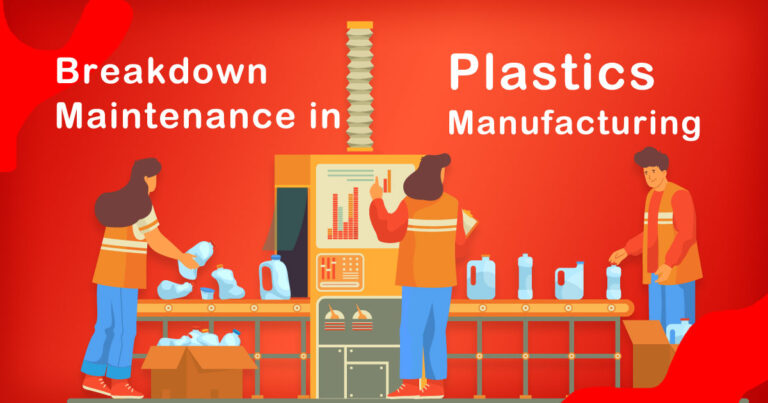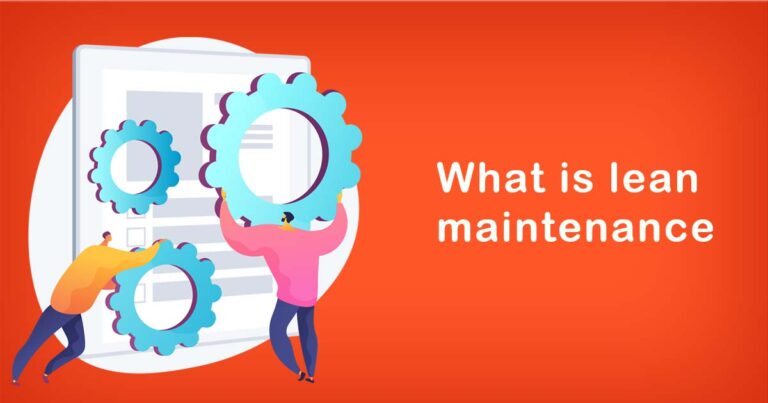Inroduction
Predictive Maintenance (PdM) is an effective method to maintain equipment and facilities by identifying potential issues before they occur. PdM combines technology, data analysis, and maintenance strategies to predict equipment failure and schedule maintenance, thereby reducing downtime and increasing reliability. The implementation of a successful PdM program can have a significant impact on productivity and efficiency. In this blog, we will discuss the best practices for implementing a predictive maintenance program in an Indian context.
Define Goals and Objectives
The first step in implementing a PdM program is to define goals and objectives. This involves identifying the equipment and facilities to be monitored, the types of data to be collected, and the desired outcomes. For example, the goal may be to reduce downtime, increase equipment reliability, or decrease maintenance costs. It is essential to align the goals and objectives of the PdM program with the overall business strategy to ensure maximum impact.
Select the Right Technology
Selecting the right technology is critical to the success of a PdM program. There are several technologies available in the market, such as vibration analysis, thermography, and ultrasound, among others. It is essential to select the technology that best suits the equipment and facilities being monitored. In addition, the technology should be scalable and easily integrated with existing systems. It is also crucial to select the right vendor who can provide the necessary training and support.
Collect and Analyze Data
Data collection and analysis are critical components of a PdM program. Data can be collected through various means, such as sensors, meters, and other monitoring devices. The data collected must be analyzed to identify trends and patterns that can indicate potential issues. This requires specialized skills and expertise, and it is recommended to have dedicated personnel or a team to manage the data analysis.
Develop Maintenance Strategies
The insights obtained from data analysis can be used to develop maintenance strategies. Maintenance strategies can be divided into two categories: corrective maintenance and preventive maintenance. Corrective maintenance involves fixing equipment when it fails, while preventive maintenance involves scheduled maintenance to prevent failures from occurring. The aim of a PdM program is to move from corrective maintenance to preventive maintenance, thereby reducing downtime and increasing reliability.
Implement Continuous Improvement
Continuous improvement is a critical aspect of any maintenance program. This involves continuously monitoring and analyzing data, identifying areas for improvement, and implementing corrective actions. This process ensures that the PdM program is continually evolving and improving. It is recommended to have a dedicated team to manage the continuous improvement process.
Train Personnel
Training personnel is essential to the success of a PdM program. The personnel involved in data collection, analysis, and maintenance must be trained in the technology and processes involved. This ensures that the program is implemented effectively and that the personnel can perform their roles with confidence.
Measure Success
Finally, it is essential to measure the success of the PdM program. This involves tracking key performance indicators (KPIs) such as downtime, reliability, and maintenance costs. The KPIs should be compared to the goals and objectives of the program to determine its effectiveness. This information can be used to identify areas for improvement and to make adjustments to the program.
Conclusion
Predictive Maintenance is a powerful tool for maintaining equipment and facilities. Implementing a successful PdM program requires a clear understanding of goals and objectives, the selection of the right technology, data collection and analysis, the development of maintenance strategies, continuous improvement, personnel training, and measurement of success. By following these best practices, organizations can reduce downtime, increase reliability, and improve efficiency, thereby enhancing their competitiveness in the market.








